Relatively simple B5N2 that was originally made for Ayanon's IJN Zuiho carrier, but decided to upload it.
The Nakajima B5N Kanko (Allied reporting name "Kate") was the standard carrier-based torpedo bomber of the Imperial Japanese Navy (IJN) for much of World War II. It also served as a high level bomber.
Although the B5N was substantially faster and more capable than its Allied counterparts, the American Douglas TBD Devastator monoplane (the U.S. Navy's first all-metal, carrier-borne monoplane of any type with retracting gear), and the British Fairey Swordfish and Fairey Albacore torpedo biplanes, it was nearing obsolescence by 1941. Nevertheless, the B5N operated throughout the whole war, due to the delayed development of its successor, the B6N.
The initial model B5N1 first saw action in the Second Sino-Japanese War in 1938. The updated B5N2 played a major role in the Attack on Pearl Harbor. One of the B5N2s carried Mitsuo Fuchida, the commander of the attack, with one high-level bomber from the carrier Hiryu credited with sinking the American battleship Arizona. The B5N2 torpedo bombers also sank the battleships West Virginia, California, Oklahoma and Utah. Five torpedo bombers were shot down in the first wave. Apart from this raid, the greatest successes of the B5N2 were the key roles it played in sinking the United States Navy aircraft carrier Lexington at the Battle of the Coral Sea and the aircraft carrier Hornet at the Battle of the Santa Cruz Islands, and the disabling of the aircraft carrier Yorktown at the Battle of Midway, later sunk by the Japanese submarine I-168.
The B5N served as the basis for a follow-on design, the B6N, which eventually replaced it in front-line service. The B5N continued to fly in secondary roles, such as training, target towing, and anti-submarine warfare. Some of the aircraft used for this latter purpose were equipped with early radars and magnetic anomaly detectors. B5Ns were also used as bombers during the unsuccessful defense of the Philippines in October 1944, suffering severe losses. Later in the war, they were used for kamikaze attacks.
Controls:
AG1: Start the engine
AG2:Activating torpedo
AG3:Activating the tail gunner to rotate left and right
AG4: Activating the tail gunner up and down
AG5:Activating the tail gun
AG6: None
AG7: None
AG8:None
VTOL:Control flaps
Trim: Control tail machine gunner
Specifications
General Characteristics
- Created On Android
- Wingspan 55.6ft (16.9m)
- Length 41.4ft (12.6m)
- Height 14.5ft (4.4m)
- Empty Weight 6,435lbs (2,919kg)
- Loaded Weight 11,752lbs (5,331kg)
Performance
- Horse Power/Weight Ratio 0.804
- Wing Loading 11.8lbs/ft2 (57.4kg/m2)
- Wing Area 999.2ft2 (92.8m2)
- Drag Points 6667
Parts
- Number of Parts 166
- Control Surfaces 13
- Performance Cost 743

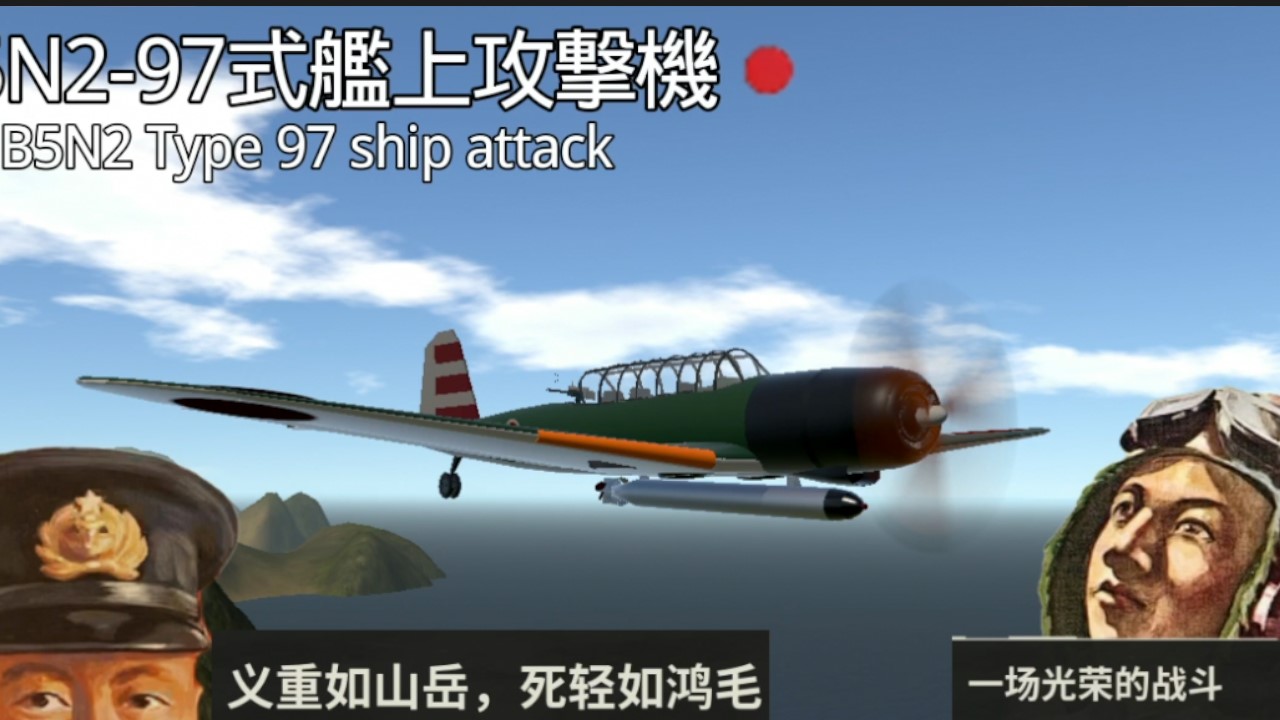
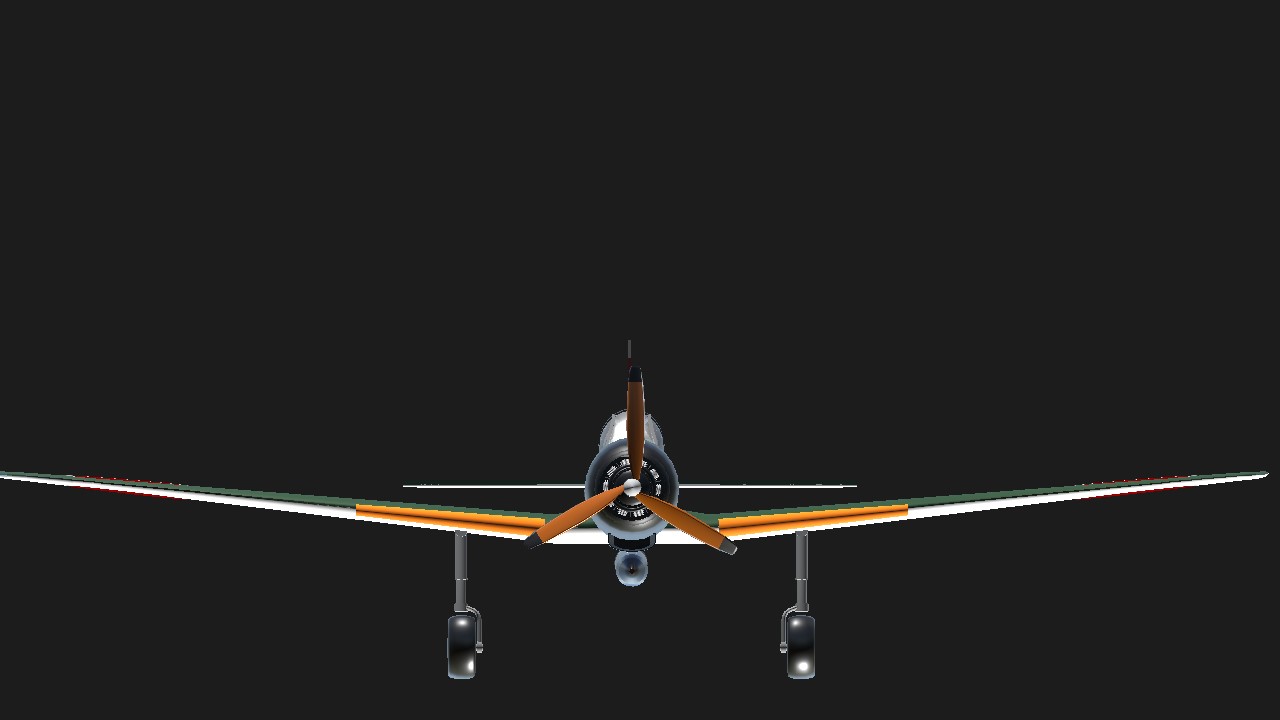
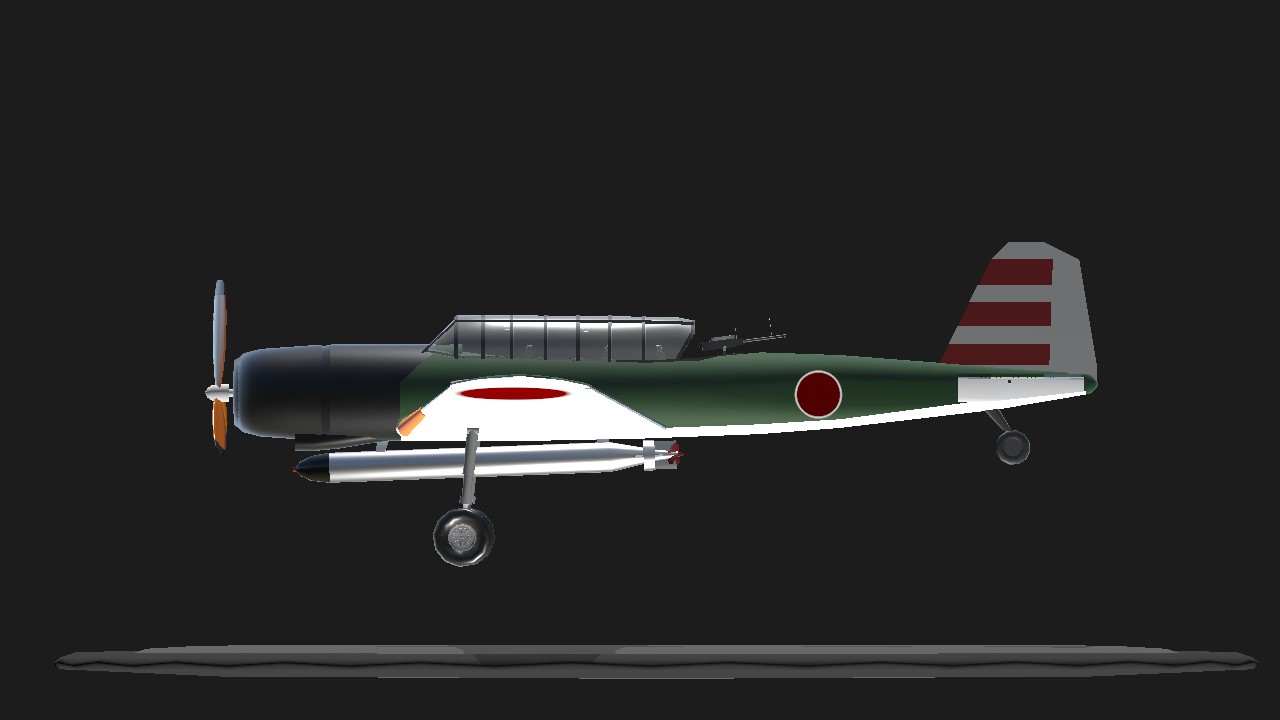
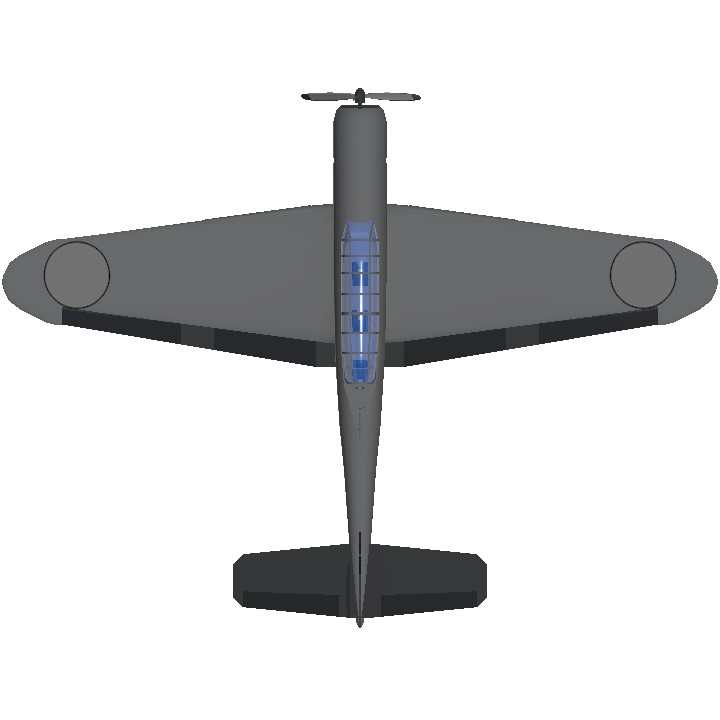
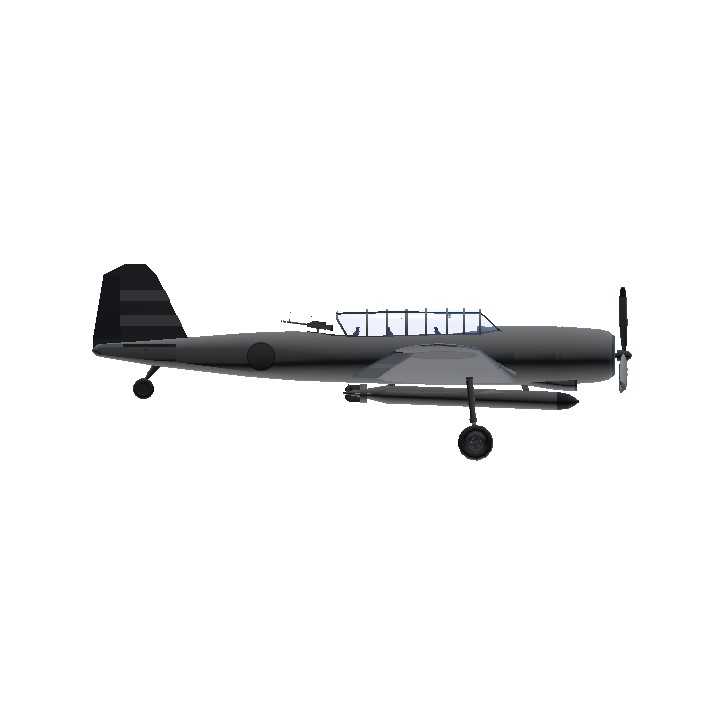

@billbill124345352 帝国空军的荣耀😤😤😤
義重は山岳の如し、死は鴻毛の如し、八紘-宇、七生報国!(😀)
@chineseman 你的头发有点厚了😡😡😡😡
这也有kards玩家(恼)